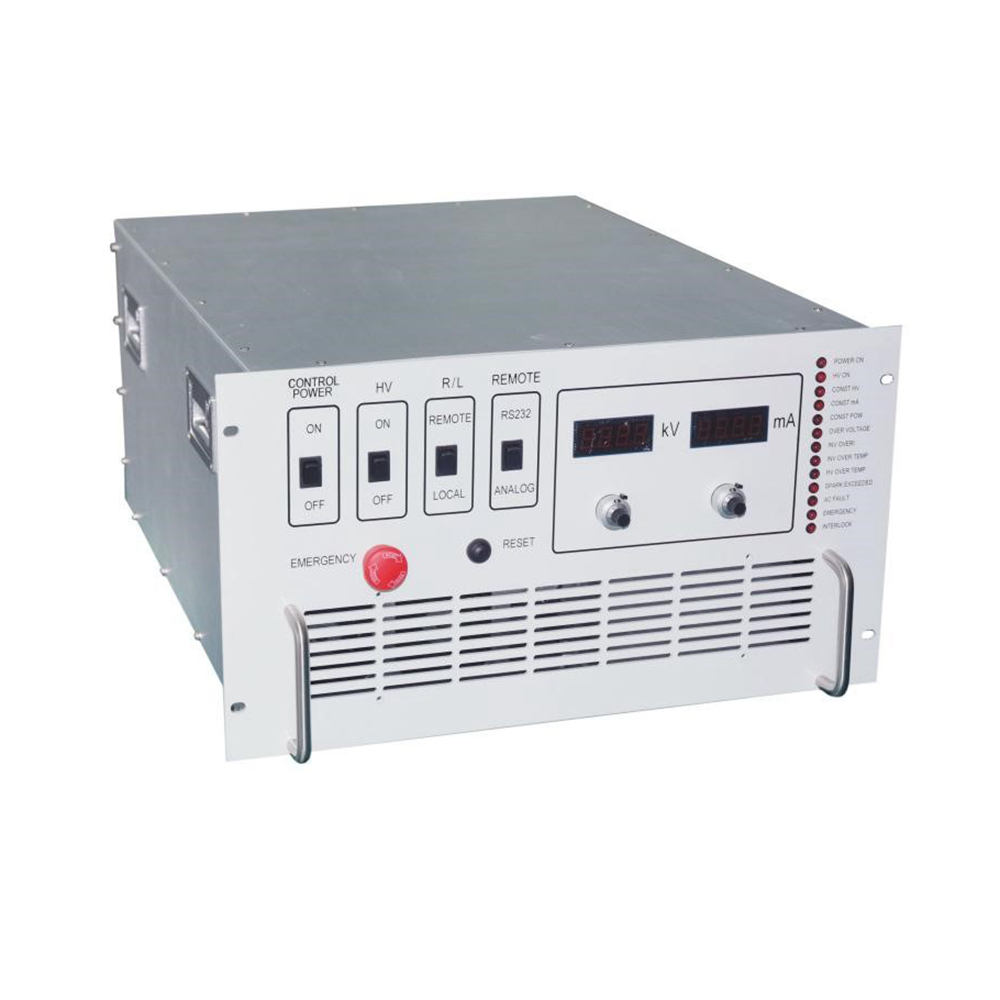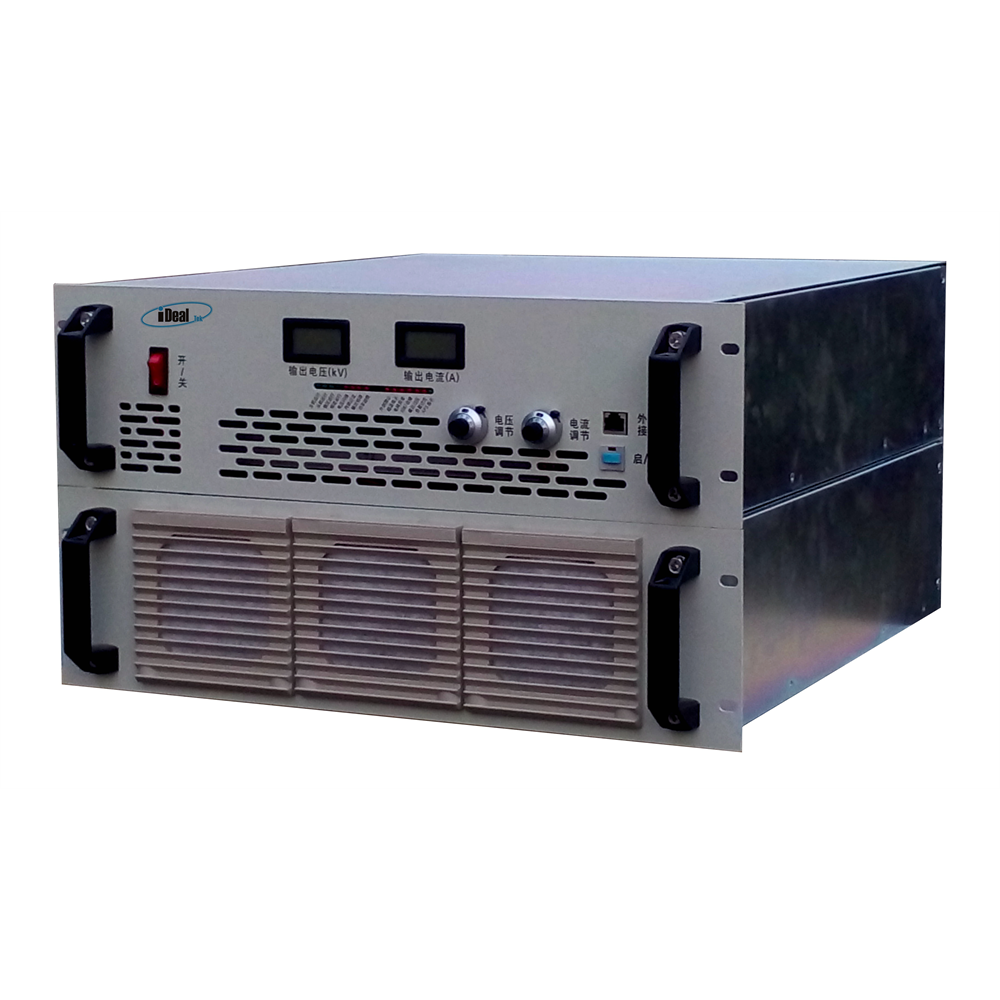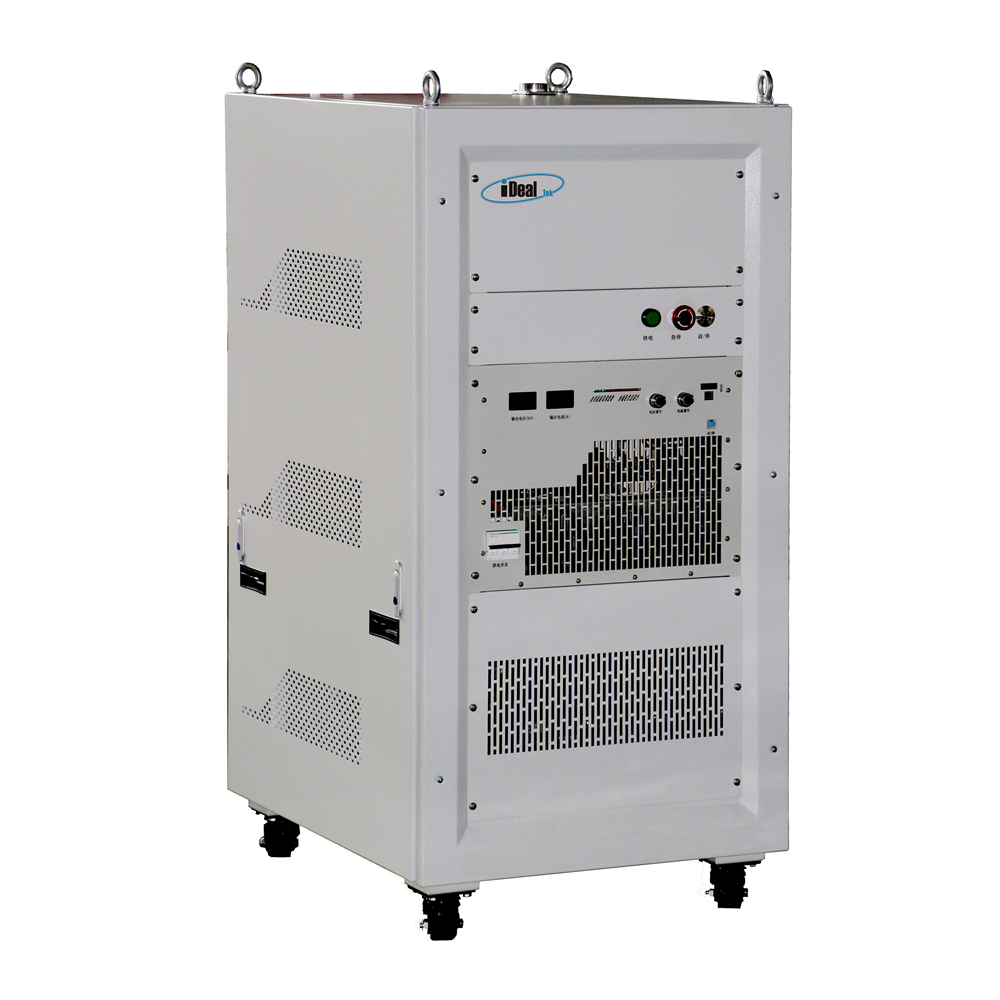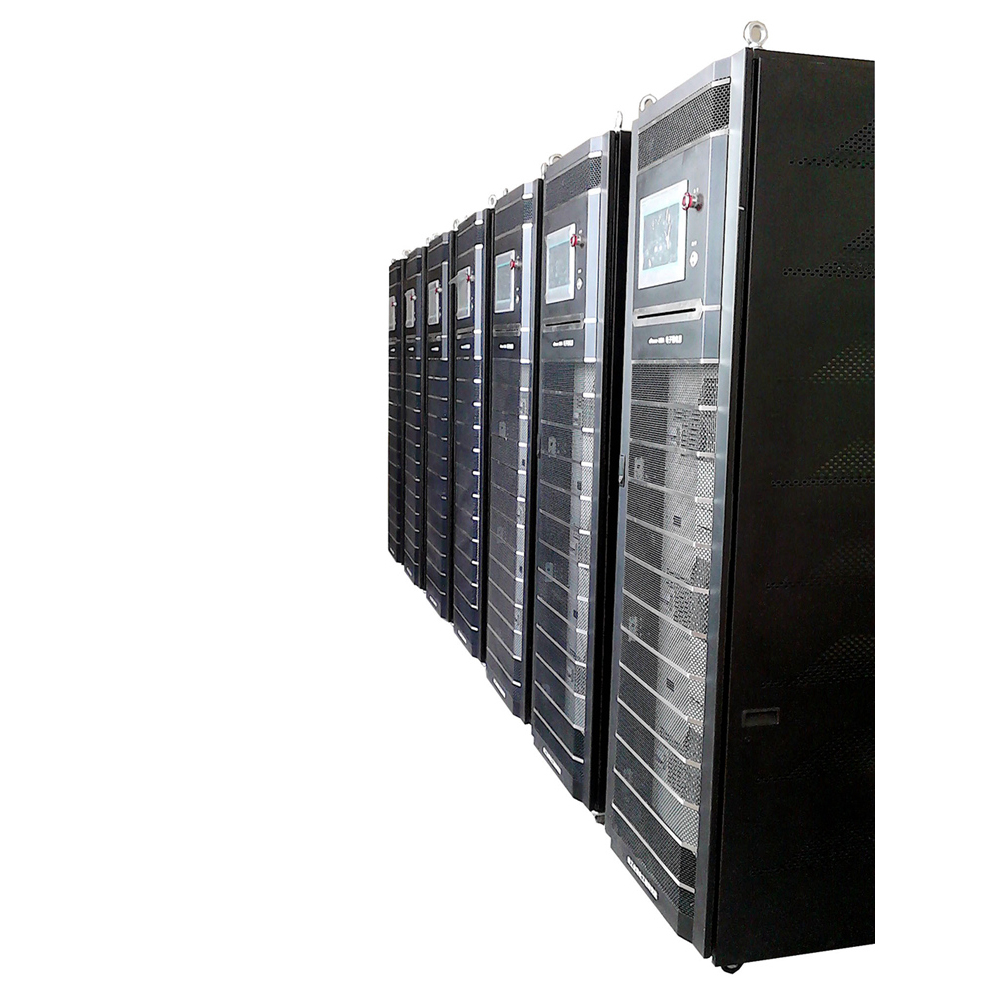In a large company, there are countless decisions to be made, managers to coordinate, and employees to communicate. Imagine placing your headquarters in a prime location like Shanghai Lujiazui, where the cost of real estate is high, but the convenience of location ensures smooth and efficient operations. Similarly, when it comes to storing and transporting large volumes of goods, companies often choose to locate their warehouses near airports in the outer suburbs. These areas offer lower land costs and excellent access to transportation networks.
This concept of "land price" isn't just limited to physical spaces—it also applies to computer systems. Think of components like the CPU, memory, and disk as different "locations" within a system. The closer a component is to the CPU, the faster it can operate, with lower latency and cost. So, the space near the CPU holds higher value, while the space farther away has less value. In this analogy, external storage in a data center is like a warehouse located on the outskirts—less central but still essential.
Blade servers exemplify this idea clearly. A blade server typically consists of a chassis with multiple slots connected by a high-speed backplane. The chassis itself is expensive, and manufacturers offer various blades such as CPU blades, storage blades, and switch blades. Instead of focusing on individual product prices, we can draw some general conclusions based on the high cost of the overall system:
1) It’s more efficient not to include disks on the CPU blades. The valuable space should be used for more critical components like CPUs and memory.
2) Storage blades should be avoided if possible, as those slots are better reserved for more important CPU or switch blades.
3) Connecting an external JBOD (Just a Bunch Of Disks) to provide storage for all the CPUs in the blade system is both cost-effective and scalable.
In large-scale data centers, similar principles apply. By reducing the number of disks per node, you can significantly increase server density. For example, a single node that once occupied 1U space can now be upgraded to 1U2, then to 1U3, and even 1U4. Today, the highest density in the industry allows up to 160 server nodes per rack—equivalent to 320 CPUs—which is more than four times the traditional rack density.
This increased efficiency also opens up new opportunities for device sharing within a tightly packed system. For instance, Facebook uses a design where four nodes can share one Ethernet card and a PMC+Intel RSA module. In a reference design, several NVMe SSDs can be shared among four server nodes. When these nodes are densely packed into a small space, PCIe connections via low-cost PCBs enable fast and efficient device sharing without the need for expensive cabling.
In the Scorpio 2.0 rack, partners have integrated SAS Switch and JBODs directly into the rack, making it easy to set up a SAS-based storage solution.
With this kind of physical architecture, optimizing resource utilization becomes key. How many server nodes should be deployed per rack, and how many JBODs are needed? The answer depends on the specific application. The most critical factor is the ratio of CPUs to disks. This ratio can be determined by evaluating the performance needs of the application and adjusting dynamically over time based on the operational state of each CPU.
The process involves analyzing workload patterns and aligning resources accordingly. Deploying SAS Switch technology in enterprise and data center environments is the foundation of this approach.
High Voltage Power Supplies
iDealTek-Electronics has accumulated rich application experience and design technical knowledge in the field of High-voltage power supplies, from Linear High Voltage Power Supplies based on power frequency transformers to Switching High Voltage power supplies based on IGBT components, from 60KV, 1KW High Voltage Power Module, to 5KV ~ 40KV, 1KW 2U Laboratory High-voltage power supplies, and to 5KV ~ 60KV, 2KW 4U and 5KV ~ 100KV, 6U rack-mounted capacitor charging high-voltage power supplies, and then to floor-standing cabinet-type high-current high-power high-voltage power supplies, all our high voltage power supplies are featured for high reliability, excellent high-voltage output stability and low-ripple electronic characteristics.



Through the reliable and durable operation panel on the front panel of the high-voltage power supply, the output voltage and current can be easily set and controlled. The high-precision LED or LCD ensures intuitive and high-precision high-voltage output measurement functions. Our high-voltage power supplies can be equipped with a wealth of remote-control interfaces, such as RS232 / RS485 /DB15 / DB25 / DB50 analog signal interface, etc. for remote high-voltage enable and inhibit, high-voltage output control programming and data monitoring.
Our HV power supplies have complete built-in protection functions, such as overvoltage protection, ARC protection, load discharge protection, over heat protection, etc. The protection mechanism can start in transient time to ensure the safety and reliability of the power supply itself and customer loads under high-voltage output.

At present, our high voltage power supplies are widely used in high-voltage laboratories, capacitor charging, electron beam, ion implantation, FUSION power generation and other industries.
HV Power Supplies, High-voltage Power Supplies, High Voltage DC Power Supplies, HV PSU, High Voltage Power Module
Yangzhou IdealTek Electronics Co., Ltd. , https://www.idealtekpower.com




